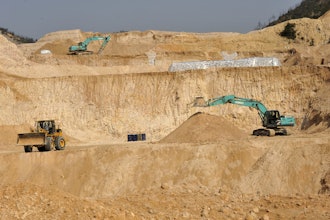Whenever new information about alternative energy developments come to the forefront, the industrial sector is seemingly quick to cite the abundance, relative efficiency and lower costs associated with burning coal.
This an especially appealing argument with the mounting number of failed, government-funded ventures that have popped up in recent years, but here’s some information to consider before either continuing the assault against coal or trying to position it as our sole short-term solution.
First, there is no avoiding the realities of mining coal. It’s a simple, straightforward, and relatively low-cost process.
Coal is also a plentiful resource; as multiple reports estimate a global supply of around 40 years under current usage patterns.
Of course, this supply keeps growing because less coal is being used due to other energy developments.
According to an Energy Information Administration report, 17 percent less coal is being mined when compared to two years ago.
More coal mining in Kentucky and West Virginia would also have an incredibly positive impact on economies that have been hard hit by a downturn in coal use.
However, there’s also no way around the fact that the mining and burning of coal is driven by a number of inherent dangers – both to miners and the environment. This creates a significant image problem that hinders investment.
Furthermore, many of the cost advantages coal has always leaned upon are fading. In making mining safer, it’s also become more expensive, closing the gap between mining, transporting and burning coal vs. creating energy on-site or sourcing natural gas, which has become cheaper and more abundant
Finally, many coal-fired power plants have already switched away from coal, and no one is overly excited about the costs associated with switching back.
And before we blame too much of this on our president, many of the nation's largest utilities started making the switch even before President Obama's Clean Power Plan was announced two years ago.






















